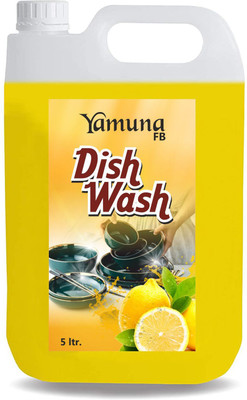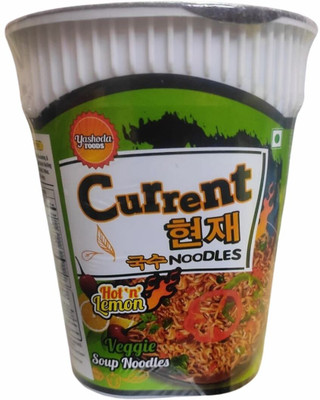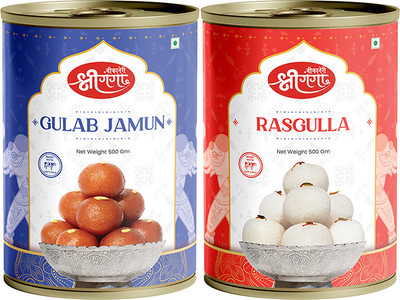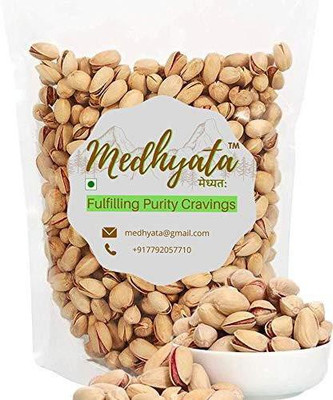
5 A Day Combo Pack of Almond With Paper Shell (Kagzi Badam) 500g and Grade A1 Saffron 1g Almonds (500 g)
Price: Not Available
Currently Unavailable
Highlights
- Dried
- Comes in a Pouch
Description
Almonds in Shell: Almonds are nutritious nuts that are commonly consumed around the world. When referring to "almonds in shell," it means that the almonds are still encased in their protective outer shell or hull. These shells are usually hard and woody, and they need to be cracked open to access the edible almond kernel inside. Almonds in shell have a slightly different appearance and texture compared to shelled almonds. The outer shell is typically brown and somewhat rough, while the inner almond kernel is smooth and light tan in color. To access the almond kernel, the shell can be cracked using a nutcracker or other similar tools. Once the shell is cracked, the almond kernel can be enjoyed as a nutritious and flavorful snack. Almonds are known for their high content of healthy fats, protein, fiber, vitamins, and minerals, making them a popular choice for a balanced diet. Saffron: Saffron is a highly prized and valuable spice derived from the dried stigmas of the saffron crocus flower (Crocus sativus). It is known for its distinctive flavor, aroma, and vibrant yellow-orange color. Saffron is often referred to as the "king of spices" due to its exquisite taste and the labor-intensive process required to harvest it. The saffron crocus flowers produce only a small number of delicate red stigmas, commonly known as saffron threads. These threads are carefully hand-picked, and then dried to be used as a spice. Saffron has a rich history and is used in a variety of culinary dishes, beverages, and desserts to add flavor, color, and aroma. It's a key ingredient in dishes like paella, risotto, and various Middle Eastern and Indian cuisines. Saffron is also used for its potential medicinal properties. It contains compounds like crocin, safranal, and picrocrocin, which contribute to its antioxidant, anti-inflammatory, and potential mood-enhancing effects. Due to its labor-intensive cultivation and the relatively small yield of saffron threads from each flower, saffron is
Read More
Specifications
In The Box
| Pack of |
|
General
| Brand |
|
| Quantity |
|
| Type |
|
| Variant |
|
| Container Type |
|
| Model Name |
|
| Combo |
|
| Maximum Shelf Life |
|
| Organic |
|
| Added Preservatives |
|
| Gift Pack |
|
| Manufactured By |
|
| Nutrient Content |
|
| Net Quantity |
|
Dimensions
| Height |
|
| Width |
|
| Depth |
|
| Weight |
|
Legal Disclaimer
|
Be the first to ask about this product
Safe and Secure Payments.Easy returns.100% Authentic products.
Back to top










